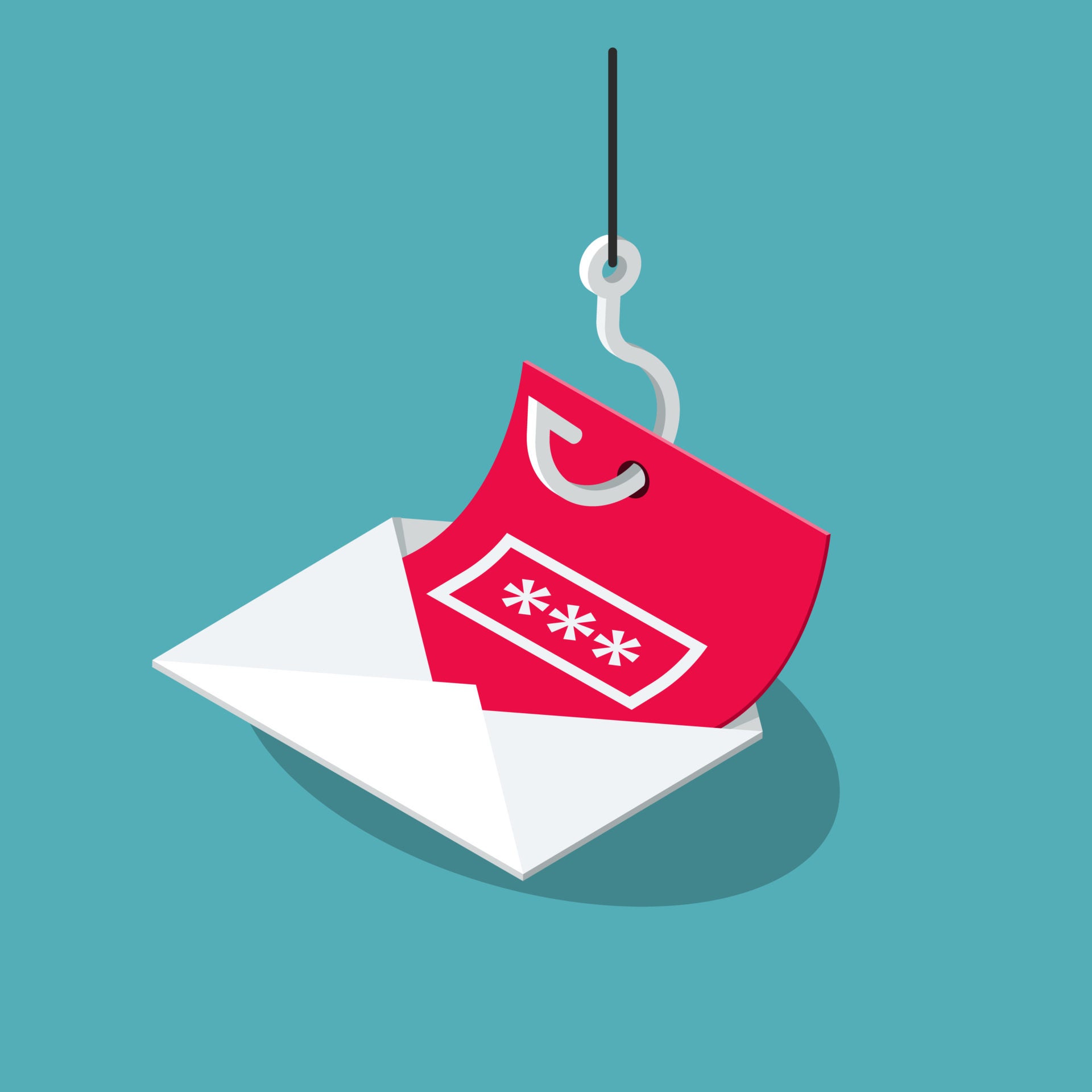

Below are examples of recent phishing emails.

They’re usually not affiliated with the bank or credit card provider they are spoofing.įortunately, there are usually other telltale signs that an email is phishing for your personal information. If you hover over them, you’ll see their true addresses. When emails ask for this information, that’s the first sign that they’re scams.Ĭheck the links that these emails ask you to click, too. Remember, your bank or credit card provider will never ask you to provide account information online. But if you’re careful, you can avoid falling victim to them. Phishing attacks are showing no signs of slowing. Phishing is a form of social engineering - phishers pose as a trusted organization to trick you into providing information. Once the scammer behind this bogus page gets that sensitive information, they can easily access your financial accounts. That page will ask you for your personal and financial information - maybe your account numbers or log in credentials, like your username and password. If you do click on a link in a phishing email, you’ll usually be taken to a new web page that looks like it belongs to your bank or credit card company or even PayPal. The odds are that the email is an example of phishing, an attempt by scammers to trick you into providing personal or financial information that they can then use to steal money from your bank accounts, make fraudulent purchases with your credit cards, or take out loans in your name. Ever get an email message from your bank warning you that your savings and checking accounts have been locked because of suspicious withdrawals? That email might ask you to click on a link embedded in the message to verify your identity and keep your account open.ĭon’t fall for this scam.


 0 kommentar(er)
0 kommentar(er)
